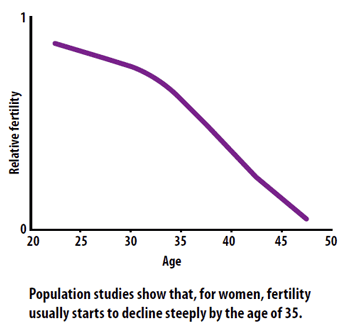Introduction
Parenthood is a profound and transformative experience that many couples dream of. However, life’s circumstances and choices can lead some men to opt for a vasectomy, a surgical procedure designed to provide permanent contraception. While vasectomy is a highly effective and reliable method, it is not always set in stone. Thanks to modern medical advancements, men who have undergone vasectomies and now desire to become fathers once again have a promising solution – vasectomy reversal.
 In this comprehensive blog, we will explore the ins and outs of vasectomy reversal, shedding light on the procedure, its benefits, considerations, success rates, and what to expect during the recovery process. If you or your partner have been contemplating this life-changing decision, read on to gain a better understanding of vasectomy reversal and the hope it can bring to couples wishing to expand their families.
In this comprehensive blog, we will explore the ins and outs of vasectomy reversal, shedding light on the procedure, its benefits, considerations, success rates, and what to expect during the recovery process. If you or your partner have been contemplating this life-changing decision, read on to gain a better understanding of vasectomy reversal and the hope it can bring to couples wishing to expand their families.
Understanding Vasectomy Reversal
Vasectomy reversal, as the name suggests, is a surgical procedure that restores a man’s fertility after he has undergone a vasectomy. During a vasectomy, the vas deferens, the tube that carries sperm from the testicles to the urethra, is cut or blocked to prevent sperm from mixing with semen during ejaculation. In a vasectomy reversal, the disconnected ends of the vas deferens are reconnected, allowing sperm to flow freely again.
The Procedure
The reversal procedure could be done in the office with local anesthesia or surgical center and hospital under general anesthesia. There are two primary methods for performing the reversal:
Vasovasostomy: This is the most common technique, where the cut ends of the vas deferens are carefully reattached using microsurgical techniques. It allows sperm to travel from the testicles to the ejaculatory ducts.
Vasoepididymostomy: In cases where a vasovasostomy is not feasible due to a blockage in the epididymis (the structure on the testicle where sperm matures), this method is employed. The vas deferens is attached directly to the epididymis to bypass the blockage and allow sperm to be ejaculated.
Success Rates and Factors Affecting Reversal Outcomes
The success of vasectomy reversal depends on various factors, including the length of time since the original vasectomy, the technique used, the surgeon’s skill, and the overall health of the patient. Generally, the success rates for vasectomy reversal are encouraging. For vasovasostomy, the success rate ranges from 70% to 90% , while for vasoepididymostomy, it can vary from 30% to 70%. Factors such as age, partner’s fertility, and the presence of anti-sperm antibodies can also influence the outcome.
Considerations and Alternatives
Before deciding on vasectomy reversal, it’s crucial to consider other options available. Couples may explore in vitro fertilization (IVF) or sperm donation, and adoption as alternatives. However, vasectomy reversal often proves to be a more cost-effective and natural approach, especially for couples seeking multiple pregnancies.
Recovery and Post-Procedure Care
After the procedure, patients will need to follow their surgeon’s post-operative care instructions carefully. Rest, pain management, and avoiding strenuous activities are typical recommendations during the healing process. Most men can resume sexual activity after a few weeks, and fertility tests will be conducted in the months following the surgery to assess sperm presence and motility.
Conclusion
Vasectomy reversal offers hope to couples who have had a change of heart about their family planning journey. This procedure has the potential to restore fertility and bring the joy of parenthood back into the lives of those who seek it. However, the decision to undergo vasectomy reversal should be well-informed and discussed with a qualified healthcare professional. Every individual’s situation is unique, and understanding the procedure, its success rates, and potential alternatives can empower couples to make the best choice for their future.
In subsequent articles, we will delve deeper into the various aspects of vasectomy reversal, providing more in-depth information to help you make an informed decision on this transformative journey to parenthood. Stay tuned!
Note: One Stop Medical Center provides the service of Vasectomy Reversal. We have two office locations in Edina, Minnesota, and Casselberry, Florida. If you are interested in vasectomy Reversal, Please fill out the online registration first, we will call you in 2 business days, or please call us at 1-888-992-0019 if any questions.







